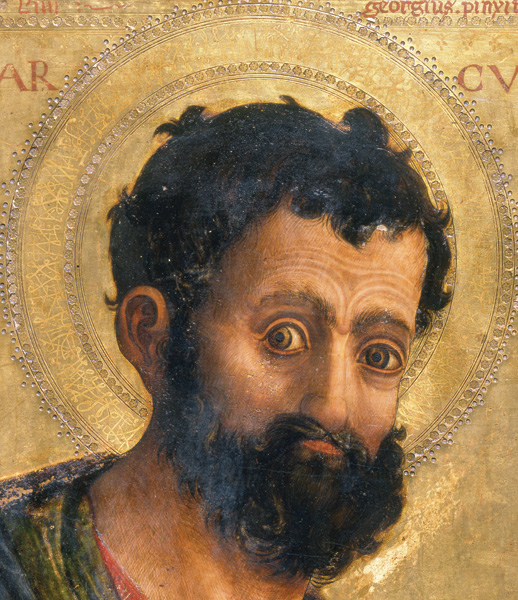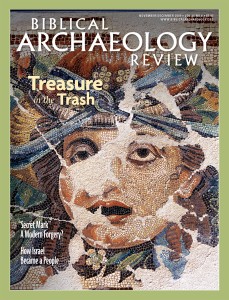“Secret Mark”: Was Morton Smith a Great Thespian and I a Complete Fool?

Harvard professor Helmut Koester presents a fascinating textual analysis of Secret Mark. Koester includes an account of his relationship with Columbia professor Morton Smith who discovered Secret Mark (or forged it) and why he believes it is authentic.
Secret Mark makes a significant contribution to a better understanding of the transmission and history of the Gospel of Mark as we have it in its canonized edition of the New Testament.
New Testament scholars generally agree that the Gospel of Mark is the oldest of the four canonical gospels, probably written shortly after the year 70 C.E. (the date of the Roman destruction of the Jewish Temple). It is also the shortest. The Gospels of Matthew and Luke were, in the view of most scholars, written later, at the end of the first century. Together, these three gospels—Mark, Matthew and Luke—comprise the so-called Synoptic Gospels because they follow a parallel track in telling the story of the life of Jesus. The Fourth Gospel, John, stands by itself and was composed later.
Most scholars also agree that Matthew and Luke used a copy of Mark in composing their own gospels. We know this because of the many instances, known as the Triple Tradition, in which Matthew and Luke are identical, or nearly identical, to Mark.
Already a library member? Log in here.
Institution user? Log in with your IP address.

